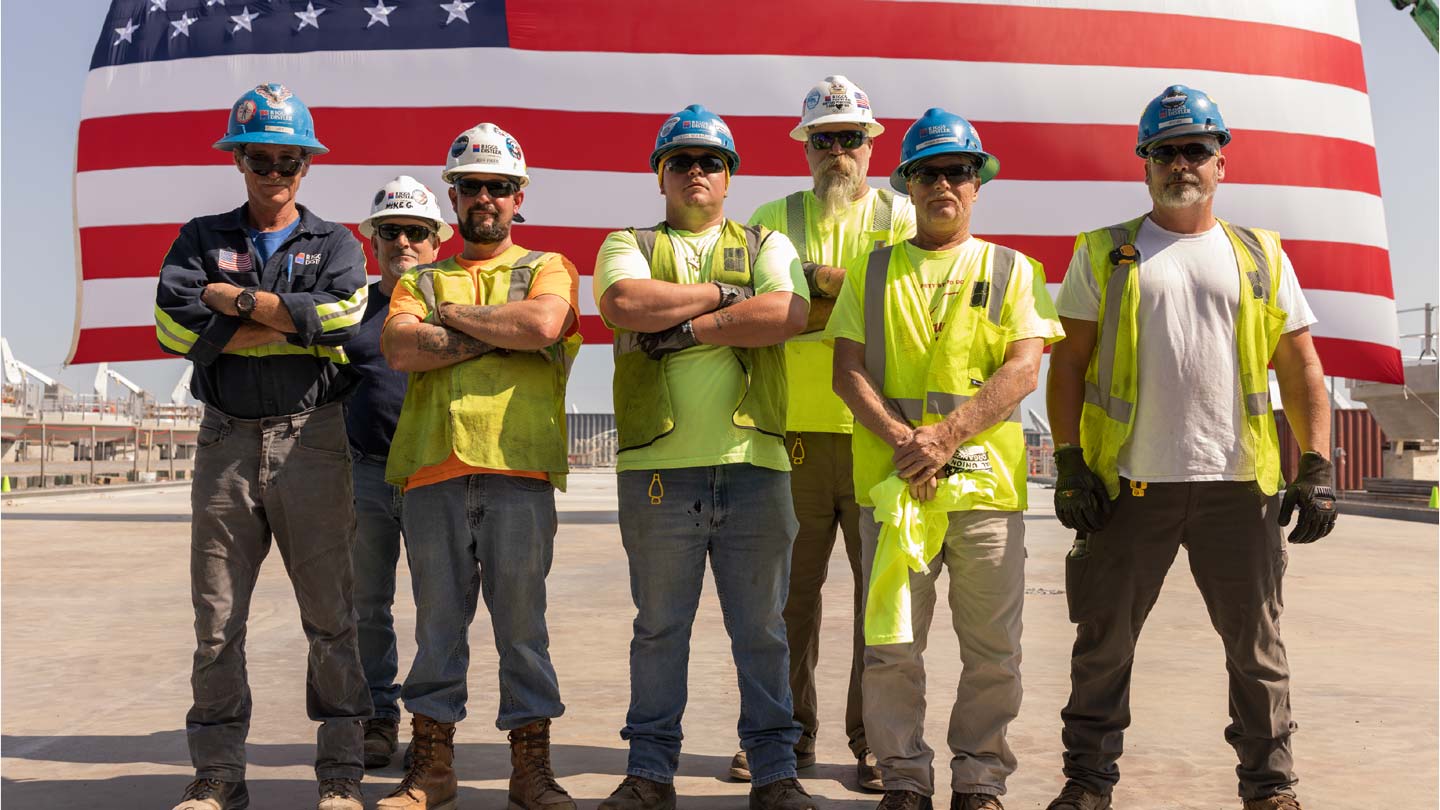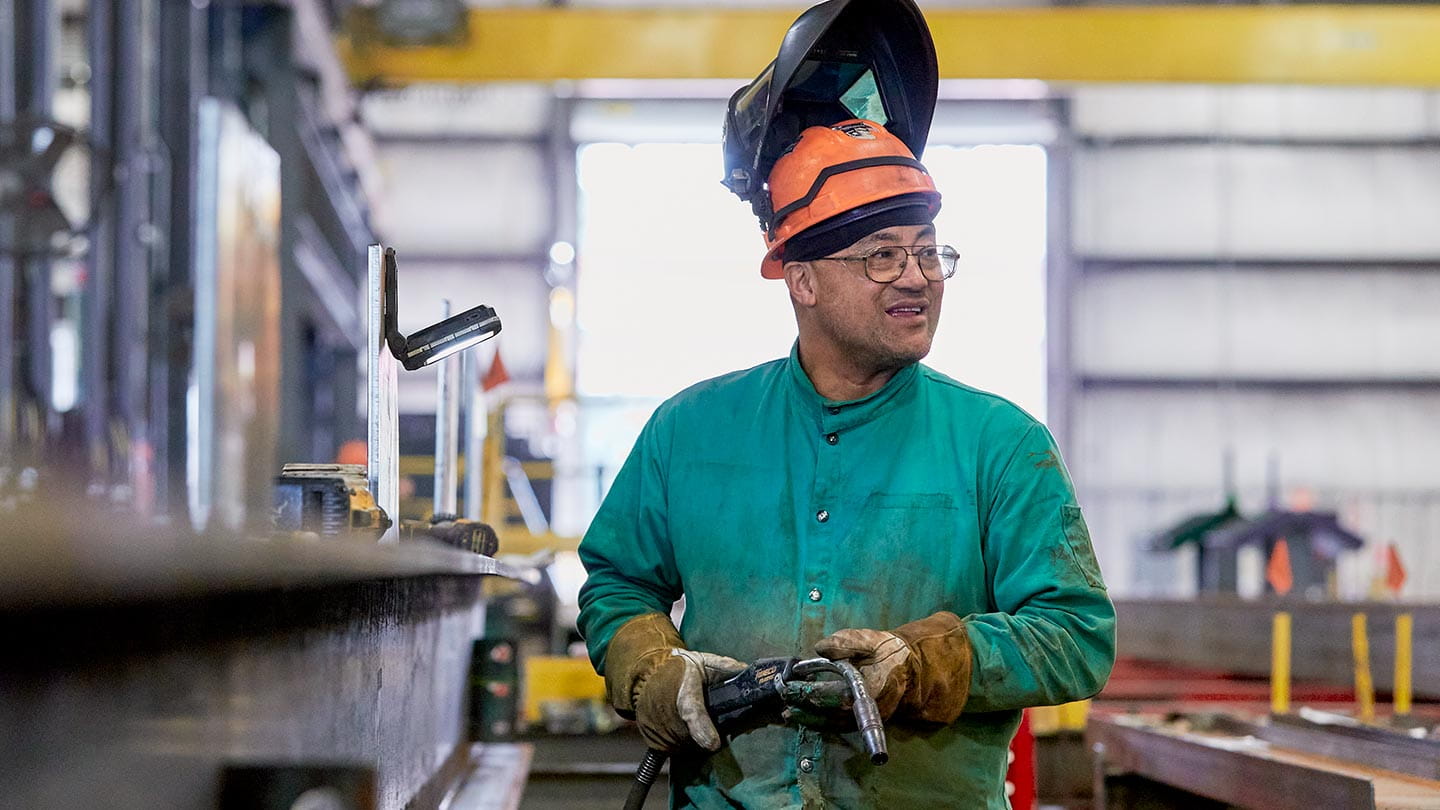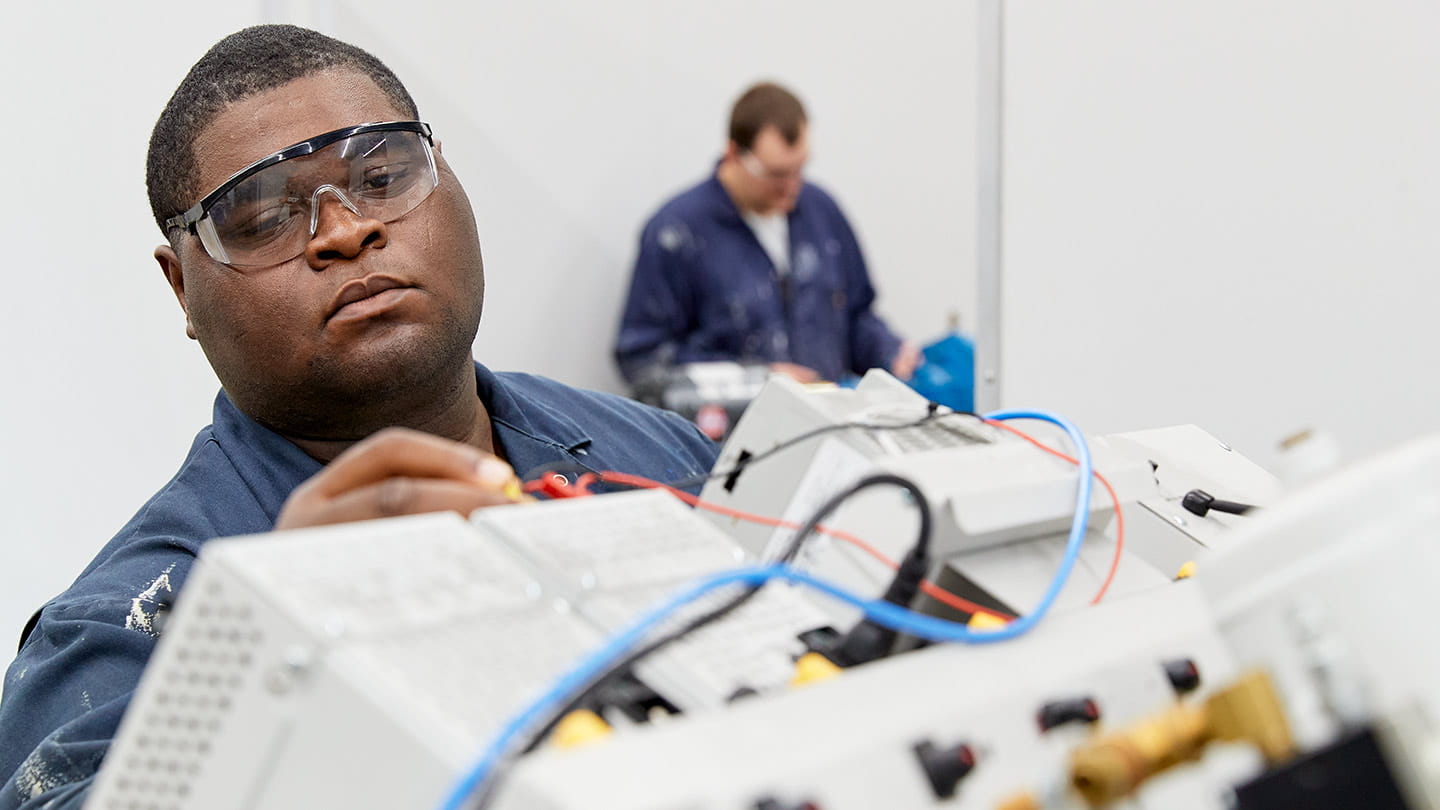Local Community Partnerships
Investing in your community, for today and tomorrow.
Building American clean energy is not a task for any one company, project, or region. It’s a collective effort that connects communities across the U.S. with renewable energy. It’s a process built on respectful partnerships and solidified with real investment in local communities.
For Ørsted, building a clean energy project means becoming a part of your neighborhood. We share in your schools, libraries, community centers, museums, emergency services, infrastructure, businesses, and natural ecosystems. We invest in your community for the long-term, boosting your economy, supporting education, and conserving the local environment.















